Trial results show that a lutein inclusion of 62.5 to 75 ppm adequately substituted astaxanthin
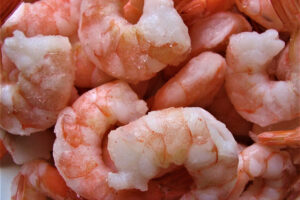
Bright and appropriate body pigmentation is a significant factor for shrimp buyer preference and prices, reflecting product freshness and quality. Shrimp and other crustaceans are incapable of bio-synthesizing carotenoid pigments de novo, which makes it essential for them to obtain carotenoids from their diet to attain and maintain body pigmentation.
Previous studies have largely concentrated on farmed shrimp diet supplementation with the pigment astaxanthin, which also helps enhance the stress resistance of crustaceans by acting as an effective antioxidant, as well as being an additive to improve growth performance and skin pigmentation of many aquatic animals. However, diet supplementation with astaxanthin reportedly can considerably increase the shrimp feed cost because of the expensive synthetic processing of this carotenoid pigment. Therefore, other cost-effective additives should be identified for substituting astaxanthin in shrimp diets.
Crustaceans could convert many carotenoid pigments like beta carotene into astaxanthin. For example, lutein, one of the significantly cheaper natural carotenoid pigments compared to astaxanthin, can be extracted from some vegetables like marigolds. In support of this, researchers have recently reported that dietary supplementation with 200 mg/kg lutein enhanced the growth performance, immune capacity and total carotenoid pigment content in different tissues of the freshwater prawn Macrobrachium nipponense.
The Pacific white shrimp (Litopenaeus vannamei), one of the most profitable farmed shrimp species in south China, is very popular with customers because of its delicious flesh and high nutritional value. Previous studies have demonstrated that both lutein and astaxanthin play essential roles in growth performance, resistance as well as pigmentation of aquatic animals. However, knowledge about whether lutein can become a substitution for astaxanthin for L. vannamei is not well documented.
This article – adapted and summarized from the original publication (Fang, H.H. et al. 2021. Replacement of Astaxanthin with Lutein in Diets of Juvenile Litopenaeus vannamei: Effects on Growth Performance, Antioxidant Capacity, and Immune Response. Front. Mar. Sci., 13 December 2021) – reports on a study where diet supplementation with/without lutein or astaxanthin was compared regarding the effects of the two carotenoids on growth performance, resistance and metabolism of L. vannamei, and its results may provide a reference for more efficient diet formulation for this shrimp species.
Study setup
L. vannamei juveniles were obtained and cultured at the Chinese Academy of Fishery Sciences (Lingshui, China). Before the feeding experiment, the animals were fed with the control diet (C) for two weeks to acclimate them to the experimental conditions. At the beginning of the feeding trial, 800 shrimp (initial body weight: 0.64 ± 0.04 grams) were distributed randomly into twenty 300-liter tanks in a recirculating water system. Each diet was randomly assigned in quadruplicate, and the animals were fed to apparent satiation three times daily at 5 to 8 percent body weight for eight weeks. During the feeding trial, the water temperature was maintained at 26.9 to 28.2 degrees-C, pH at 7.6 to 7.8, salinity at 30 to 32 ppt, dissolved oxygen over 7 mg per liter (mg/L), total ammonia nitrogen under 0.1 mg/L, and sulfide under 0.05 mg/L.
Five isonitrogenous and isolipidic experimental diets were formulated with or without lutein or astaxanthin (control group, C); the lutein (L) groups, L1-L3, contained 0, 62.5 ppm, 75 ppm and 87.5 ppm lutein, respectively; and the astaxanthin (A) group contained 50 ppm astaxanthin. All feeds contained approximately 405 g/kg crude protein and 71 g/kg crude lipid.
For detailed information on the experimental design and diets and animal husbandry; sample collections, proximate analyses; antioxidant and other parameters; and statistical analyses, refer to the original publication.
Will krill fulfill its promise as an aquaculture feed ingredient?
Results and discussion
Diet supplementation with carotenoid pigments can improve the growth performance of many farmed aquatic animals. For example, dietary astaxanthin supplementation can optimize the growth performance of Kuruma shrimp (Marsupenaeus japonicus), pompano (Trachinotus ovatus) and largemouth bass (Micropterus salmoides). In addition, diet supplementation with beta carotene was shown to enhance the growth performance of black tiger shrimp (Penaeus monodon), pacu (Piaractus mesopotamicus) and tilapia hybrids.
Our results with L. vannamei are similar: all the carotenoid pigment-supplemented groups in our study, except for the L3 group, showed significantly higher growth performance (weight gain rate, WGR, and specific growth rate, SGR) of L. vannamei than the C group. There are two reported, main reasons for why carotenoid pigments can improve the growth performance of crustaceans. One is that the carotenoid pigment can regulate the metabolism of the animals and thus promote their digestion of nutrients. The other is that the carotenoid pigment could shorten the molt cycle interval of crustaceans and regulate the metabolism for reducing energy consumption, resulting in enhanced growth performance.
In addition, we observed similar growth performances (WGR and SGR), feed conversion rate (FCR) and survival rates (SR) in the L1-2 groups and A group, indicating that diet supplementation with lutein ranging from 62.5 to 75 ppm could adequately substitute astaxanthin in L. vannamei diets.
Nutrient digestion and metabolism capacity in aquatic animals are also crucial parameters for evaluating a diet additive. In our study, no significant differences in various digestive enzymes were found between the four carotenoid pigment treatment groups and the C group, indicating that the dietary carotenoid pigment was unable to alter the protein digestive capacity of L. vannamei, although related data indicated that lutein and astaxanthin could improve the fat synthesis ability of this shrimp species.
Our results also showed that, compared to the control group, significantly lower levels of various antioxidant parameters were observed in four carotenoids pigments-supplemented groups, indicating lutein and astaxanthin could act as an antioxidant and protect cells from oxidative stress, and improve the antioxidant capacity of L. vannamei. These results were similar to previous results reported by other researchers. Our data showed that dietary supplementation with lutein ranging from 62.5 to 87.5 ppm could produce similar antioxidant effects in L. vannamei compared to astaxanthin.
The antioxidant properties of lutein and astaxanthin have been widely reported in several previous studies, but few studies have focused on anti-inflammation and other immune functions of these carotenoid pigments. Our results also demonstrated that diet supplementation of lutein or astaxanthin could inhibit apoptosis [programmed cell death that occurs in multicellular organism] in L. vannamei.
Perspectives
Overall, our data show that diet supplementation of lutein ranging from 62.5 to 75 ppm results in similar growth performance, antioxidant capacity and immune response of L. vannamei compared with diet supplemented with 50 ppm astaxanthin. Therefore, dietary lutein is suggested as adequate in the diet of Pacific white shrimp for substituting astaxanthin.
Now that you've reached the end of the article ...
… please consider supporting GSA’s mission to advance responsible seafood practices through education, advocacy and third-party assurances. The Advocate aims to document the evolution of responsible seafood practices and share the expansive knowledge of our vast network of contributors.
By becoming a Global Seafood Alliance member, you’re ensuring that all of the pre-competitive work we do through member benefits, resources and events can continue. Individual membership costs just $50 a year.
Not a GSA member? Join us.
Authors
-
HaoHang Fang, Ph.D.
College of Life Sciences, Sun Yat-sen University, Guangzhou, China; and
Institute of Marine Research, Bergen, Norway -
XuanShu He, Ph.D.
College of Life Sciences, Sun Yat-sen University, Guangzhou, China
-
HuLong Zeng, Ph.D.
Guangzhou Leader Bio-Technology Co., Ltd., Guangzhou, China
-
YongJian Liu, Ph.D.
College of Life Sciences, Sun Yat-sen University, Guangzhou, China
-
LiXia Tian, Ph.D.
College of Life Sciences, Sun Yat-sen University, Guangzhou, China
-
Jin Niu, Ph.D
Corresponding author
Sun Yat-Sen University, Guangzhou, China[110,99,46,117,100,101,46,117,115,121,115,46,108,105,97,109,64,51,106,117,105,110]
Tagged With
Related Posts
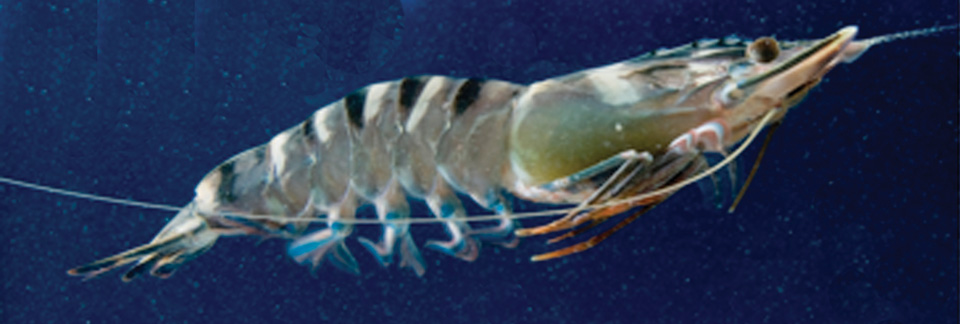
Health & Welfare
Add value to shrimp harvests: Darken environment to enhance shrimp color
Shrimp color is caused by pigments that play an important role in camouflage for survival. For farmed shrimp, proper coloration is generally achieved via synthetic astaxanthin in feed.
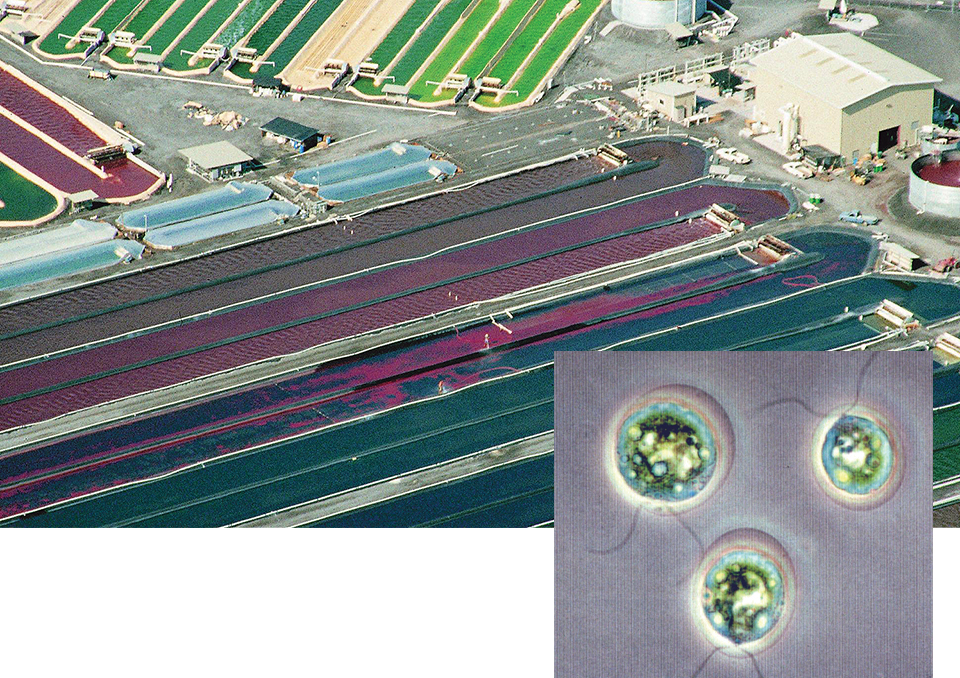
Aquafeeds
Astaxanthin: Feed supplement enhances pigmentation, health
Dietary carotenoids maintain optimal pigmentation and health benefits in cultured aquatic animals. Researchers consider astaxanthin an essential nutrient.
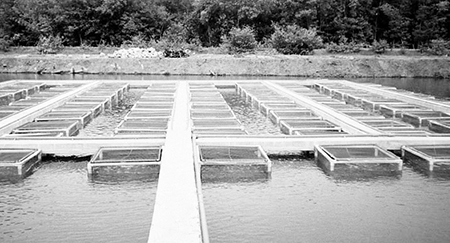
Health & Welfare
Carotenoid supplements and WSSV
The effectiveness of carotenoid supplements will depend upon the severity of infection and other stress factors that affect the condition of the shrimp.
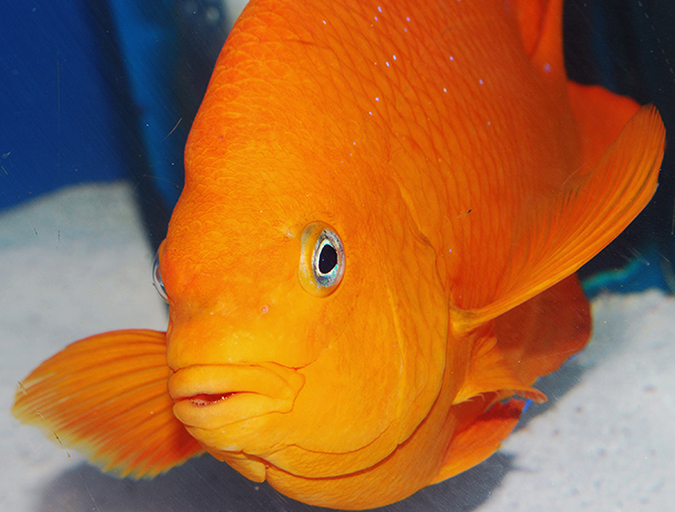
Aquafeeds
The importance of carotenoids in aquafeeds
Carotenoids are important pigments that contribute characteristic quality criteria for the marketing of aquaculture products. Aquatic animals cannot biosynthesize carotenoids de novo, hence their inclusion in aquafeeds is important because they are associated with various metabolic functions.



